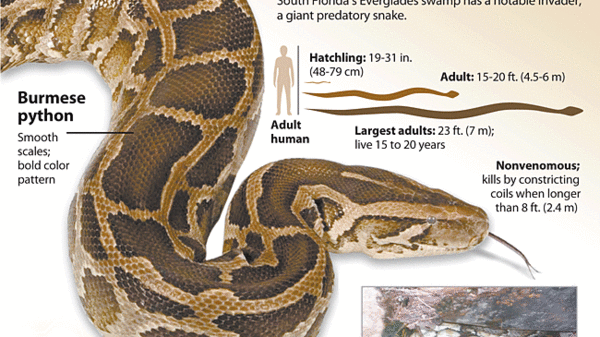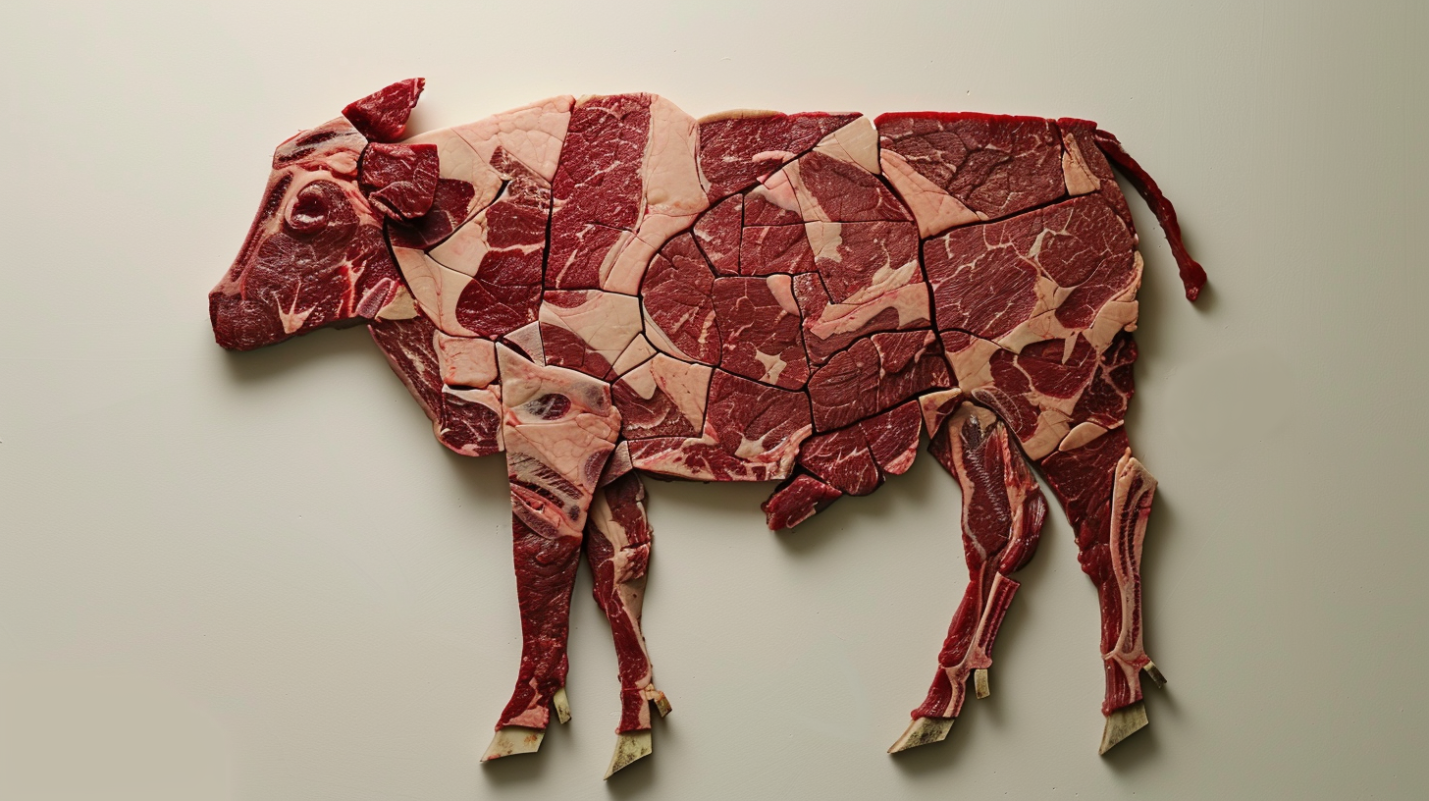Extract docx headers, footers, text, footnotes, endnotes, properties, and images to a Python object.
Installation
pip install docx2python
Use
from docx2python import docx2python
# extract docx content
docx2python('path/to/file.docx')
# extract docx content, write images to image_directory
docx2python('path/to/file.docx', 'path/to/image_directory')
# extract docx content, ignore images
docx2python('path/to/file.docx', extract_image=False)
# extract docx content with basic font styles converted to html
docx2python('path/to/file.docx', html=True)
Note on html feature:
- supports
<i>italic,<b>bold,<u>underline,<s>strike,<sup>superscript,<sub>subscript,<span style="font-variant: small-caps">small caps,<span style="text-transform:uppercase">all caps,<span style="background-color: yellow">highlighted,<span style="font-size:32">font size,<span style="color:#ff0000">colored text. - hyperlinks will always be exported as html (
<a href="http:/...">link text</a>), even ifhtml=False, because I couldn’t think of a more canonical representation. - every tag open in a paragraph will be closed in that paragraph (and, where appropriate, reopened in the next paragraph). If two subsequenct paragraphs are bold, they will be returned as
<b>paragraph a</b>,<b>paragraph b</b>. This is intentional to make each paragraph its own entity. - if you specify
html=True,&,>and<in your docx text will be encoded as&,>and<
Return Value
Function docx2python returns an object with several attributes.
header - contents of the docx headers in the return format described herein
footer - contents of the docx footers in the return format described herein
body - contents of the docx in the return format described herein
footnotes - contents of the docx in the return format described herein
endnotes - contents of the docx in the return format described herein
document - header + body + footer (read only)
text - all docx text as one string, similar to what you’d get from python-docx2txt
properties - docx property names mapped to values (e.g., {"lastModifiedBy": "Shay Hill"})
images - image names mapped to images in binary format. Write to filesystem with
for name, image in result.images.items():
with open(name, 'wb') as image_destination:
write(image_destination, image)
docx_reader - a DocxReader (see docx_reader.py) instance with several methods for extracting xml portions.
Return Format
Some structure will be maintained. Text will be returned in a nested list, with paragraphs always at depth 4 (i.e., output.body[i][j][k][l] will be a paragraph).
If your docx has no tables, output.body will appear as one a table with all content in one cell:
[ # document
[ # table
[ # row
[ # cell
"Paragraph 1",
"Paragraph 2",
"-- bulleted list",
"-- continuing bulleted list",
"1) numbered list",
"2) continuing numbered list"
" a) sublist",
" i) sublist of sublist",
"3) keeps track of indention levels",
" a) resets sublist counters"
]
]
]
]
Table cells will appear as table cells. Text outside tables will appear as table cells.
A docx document can be tables within tables within tables. Docx2Python flattens most of this to more easily navigate within the content.
Working with output
This package provides several documented helper functions in the docx2python.iterators module. Here are a few recipes possible with these functions:
from docx2python.iterators import enum_cells
def remove_empty_paragraphs(tables):
for (i, j, k), cell in enum_cells(tables):
tables[i][j][k] = [x for x in cell if x]
>>> tables = [[[['a', 'b'], ['a', '', 'd', '']]]]
>>> remove_empty_paragraphs(tables)
[[[['a', 'b'], ['a', 'd']]]]
from docx2python.iterators import enum_at_depth
def html_map(tables) -> str:
"""Create an HTML map of document contents.
Render this in a browser to visually search for data.
:tables: value could come from, e.g.,
* docx_to_text_output.document
* docx_to_text_output.body
"""
# prepend index tuple to each paragraph
for (i, j, k, l), paragraph in enum_at_depth(tables, 4):
tables[i][j][k][l] = " ".join([str((i, j, k, l)), paragraph])
# wrap each paragraph in <pre> tags
for (i, j, k), cell in enum_at_depth(tables, 3):
tables[i][j][k] = "".join(["<pre>{x}</pre>".format(x) for x in cell])
# wrap each cell in <td> tags
for (i, j), row in enum_at_depth(tables, 2):
tables[i][j] = "".join(["<td>{x}</td>".format(x) for x in row])
# wrap each row in <tr> tags
for (i,), table in enum_at_depth(tables, 1):
tables[i] = "".join("<tr>{x}</tr>".format(x) for x in table)
# wrap each table in <table> tags
tables = "".join(['<table border="1">{x}</table>'.format(x) for x in tables])
return ["<html><body>"] + tables + ["</body></html>"]
>>> tables = [[[['a', 'b'], ['a', 'd']]]]
>>> html_map(tables)
<html>
<body>
<table border="1">
<tr>
<td>
'(0, 0, 0, 0) a'
'(0, 0, 0, 1) b'
</td>
<td>
'(0, 0, 1, 0) a'
'(0, 0, 1, 1) d'
</td>
</tr>
</table>
</body>
</html>
Some fine print about checkboxes:
MS Word has checkboxes that can be checked any time, and others that can only be checked when the form is locked.
The previous print as. \u2610 (open checkbox) or \u2612 (crossed checkbox). Which this module, the latter will
too. I gave checkboxes a bailout value of ----checkbox failed---- if the xml doesn’t look like I expect it to,
because I don’t have several-thousand test files with checkboxes (as I did with most of the other form elements).
Checkboxes should work, but please let me know if you encounter any that do not.
New in docx2python Version 2
merge consecutive runs with identical formatting
MS Word will break up text runs arbitrarily, often in the middle of a word.
<w:r>
<w:t>work to im</w:t>
</w:r>
<w:r>
<w:t>prove docx2python</w:t>
</w:r>
This makes things like algorithmic search-and-replace problematic. Docx2python does not currently write docx files,
but I often use docx templates with placeholders (e.g., #CATEGORY_NAME#) then replace those placeholders with data.
This won’t work if your placeholders are broken up (e.g, #CAT, E, GORY_NAME#).
Docx2python v1 merges such runs together when exporting text. Docx2python v2 will merge such runs in the XML as a pre-processing step. This will allow saving such “repaired” XML later on.
merge consecutive links with identical hrefs
MS Word will break up links, giving each link a different rId, even when these rIds point to the same address.
<w:hyperlink r:id="rId13"> # rID13 points to https://github.com/ShayHill/docx2python
<w:r>
<w:t>docx2py</w:t>
</w:r>
</w:hyperlink>
<w:hyperlink r:id="rId14"> # rID14 ALSO points to https://github.com/ShayHill/docx2python
<w:r>
<w:t>thon</w:t>
</w:r>
</w:hyperlink>
This is similar to the broken-up runs, but the cause is a little deeper in. Docx2python v1 makes a mess of these.
<a href="https://github.com/ShayHill/docx2python">docx2py</a>
<a href="https://github.com/ShayHill/docx2python">thon</a>
Docx2python v2 will merge such links together in the XML as a pre-processing step. As above, this will allow saving such “repaired” XML later on.
correctly handle nested paragraphs
MS Word will nest paragraphs
<w:p>
<w:r>
<w:t>text</w:t>
</w:r>
<w:p> # paragraph inside a paragraph
<w:r>
<w:t>text</w:t>
</w:r>
</w:p>
<w:r>
<w:t>text</w:t>
</w:r>
</w:p>
I haven’t been able to create such a paragraph, but I’ve found a few files that have them. Docx2pyhon v1 will omit closing html tags when a new paragraph is opened before the old paragraph is closed.
<b>outer par bold text
<i>This text is in nested par (not bold)</i>
outer par bold text</b>
Docx2python v2 will correctly handle such cases, but this will require substantial internal changes to the way docx2python opens and closes paragraphs.
<b>outer par bold text</b>
<i>This text is in nested par (not bold)</i>
</b>outer par bold text</b>
paragraph styles
The internal changes allow for easy access to paragraph styles (e.g., Heading 1). Docx2python v1 ignores these, even
with html=True. Docx2python v2 will capture paragraph styles.
<h1>h1 is a paragraph style<b>bold is a run style</b></h1>
export xml
To allow above-described light editing (e.g., search and replace), docx2python v2 will give the user access to
1. extracted xml files
2. the functions used to write these files to a docx
The user can only go so far with this. A docx file is built from folders full of xml files. None of these xml files are self contained. But search and replace is enough to make document templates (documents with placeholders for data), and that’s pretty useful in itself.
expose some intermediate functionality
Navigating through XML is straightforward with lxml. It is a separate step to take whatever you find and bring it
out of the XML. For instance, you may want to iterate over a document, looking for paragraphs with a particular
format, then pull the text out of those paragraphs. Docx2python v1 did not separate or expose “iter the document” and
“pull the content”. Docx2python v2 separates and exposes these steps. This will allow easier extension.
See the docx_reader.py module and simple examples in the utilities.py module.





